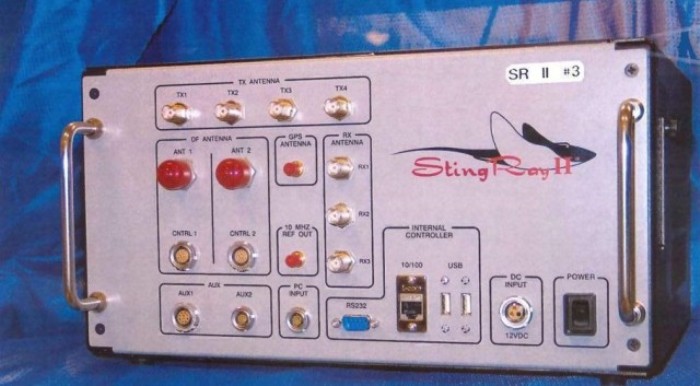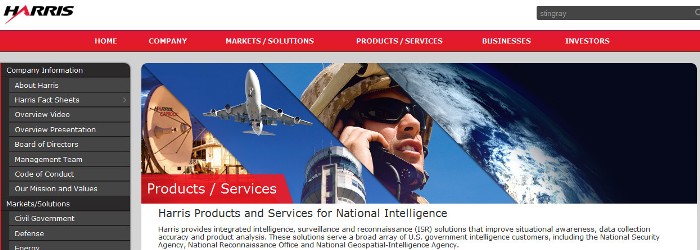‘Stingray’ Is Used for Tracking Criminals But It Can Do More Than That
Unfortunately, these “more” it can do are not the type you would feel good about.
Stingray is one controversial technology. It is a device used by the government, those in law enforcement agencies in particular, to investigate on almost anyone who uses a mobile phone. In the United States, it is used by officials at the federal, state, and local levels. The purpose in using the device, as said by these law enforcement officials, is to track criminals or those suspected of having an involvement in felonious activities. There’s nothing about the device that is comparable to stingrays except maybe for the unexpected attack. Most likely, you’ll never know if Stingray is already attacking you.
The Stingray Technology
Stingray is dubbed as a secret technology for tracking private phones. It is a small portable box created by (long-time government supplier) Harris that tries to trick mobile phones into establishing a connection with it. Once connection is established, it obtains various kinds of information. In Florida, it is referred to as a “cell site simulator” equipment. Stingray has become one of the most widely known spy tools used by the United States government partly due to an Arizona court case that questioned its legality.
The device is also known as an “IMSI catcher.” What it does is to send out signals that tricks mobile phones into connecting with it. It initiates the phishing-like attempt from virtually anywhere, being a highly portable device. It can be positioned in a room, in a vehicle, storefront, or alongside the sound system or Wi-Fi router in a bar or cafe. Stingray can connect to a multitude of mobile phones in an area and focus on one deemed suspicious. It particularly takes note of the International Mobile Subscriber Number (IMSI) and the Electronic Serial Number (ESM) of the devices being tricked to connect to it.
Possibility for Abuse
Officials at the Federal Bureau of Investigation claim that they only use the device to track suspects and that they don’t intercept the content of communications transmitted by mobile phones. However, according to Ars Technica, the capability to intercept content exists. There’s no certainty that the FBI spies or eavesdrops on content but there are claims that Stingray is capable of doing it.
The American Civil Liberties Union (ACLU) conducted a study on the technology to uncover potential abuses. According to ACLU lawyer Nathan Wessler, there have been no evidence that Stingray is capable of intercepting the contents of mobile phone communications, be it text or voice. However, ACLU raises concern over the storage of information obtained from mobile phones that are not part of the investigation target. Also, it is rather worrisome how the device can be used by the government without the need for a warrant or court order. Stingray can establish connections with the devices of virtually everyone within its coverage area and the person operating it can know the location of the device or the person being tracked. The system does not leave traces on the phones being tracked since most of the information obtained are “volunteered” by the phones themselves.
Doing “More” with Stingray
Stingray boxes, as procurement documents indicate, can also be used with “FishHawk,” a software that allows the device to eavesdrop on conversations. It may also be used on hardware such as “Porpoise” (also created by Harris) to intercept text messages. Porpoise (photo here) is a small USB device that can be connected to a computer and operated along with transceiver equipment. There have been no evidences that the government have employed these options but it certainly worrying that they can freely do so with all these equipment easily accessible to them.
If it’s any consolation, Stingray (the original version) costs $68,479 so not many government agencies nor private individuals may be able to use it. The new version, Stingray II, is even more expensive. It costs nearly $135,000.
The United States federal government has spent over $30 million for the purchase of Stingray equipment. The agencies or authorities known to have access to the devices include the FBI, Secret Service, US Immigration and Customs Enforcement, Internal Revenue Service, and the US Army and Navy. The states of North Carolina, Texas, California, Maryland, and Arizona are also known to have their own Stingrays.
We’re not sure if Boeing’s Black phone can prevent spying or surveillance from devices like Stingray. It will be great if it can but it’s always be better if the government learns to use these tech devices for appropriate purposes.


